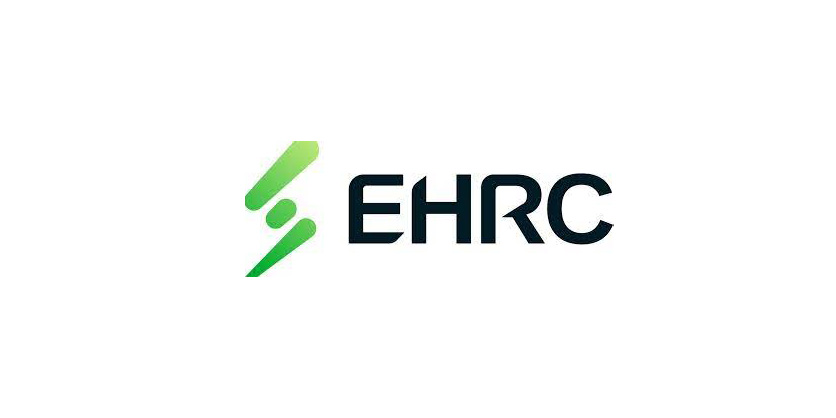Remote Work: To Monitor or Not to Monitor, That is the Question.

By Michelle Branigan, CEO Electricity Human Resources Canada
As more and more workers utilize remote work, some employers are looking to track how they spend their time when they’re out of sight. Concerns about productivity has resulted in HR managers researching employee monitoring software (also referred to as proof of work software).

Employee monitoring software companies have reported that business in on the increase, with applications having the ability to records keystrokes, listen back to phone calls and even check the website pages employees are visiting.
Right now, Ontario is the only Canadian province with employee monitoring legislation (Quebec, Alberta and British Columbia require employers to disclose data collection under privacy laws). It applies to staff using company-issued devices – be that the GPS of a delivery truck driver or the emails of an office worker.
As of October 11, 2022, all employers in Ontario with 25 or more employees must have a written policy in place disclosing whether and how they electronically monitor their employees, including management and probationary employees. As of this January, employers who meet the threshold of 25 or more employees on January 1 of each year must have the policy in place before March 1 of that year.
Remote Work Monitoring Policy Requirements
The electronic monitoring policy must state whether or not the employers electronically monitors employees. If the employer does not electronically monitor employees the policy must specifically state that fact. If the employer does, the policy must include:
- a description of how and in what circumstances the employer may do so
- the purposes for which information obtained through electronic monitoring may be used by the employer
- the date the policy was prepared and:
- the date any changes were made to the policy
The electronic monitoring policy must be provided to every employee within 30 days from the day the employer is required to enact the policy. If an existing policy is changed, the updated policy must be provided to every employee within 30 days from the date of revision.
If you fall within the parameters of the new policy in Ontario, more information can be found at HERE.
A Slippery Slope? What Leaders Should Consider
While the perceived benefits of employee monitoring are enticing to some managers (e.g. measures productivity, engagement, security, transparency), leaders also need to consider the message it sends to their employees.
While there will always be some employees who abuse the system, the majority show up to do their job, and do it well. Demonstrating your lack of trust in those employees will likely erode morale and organizational culture, and increase the likelihood that you will lose your best performers.
Some leading this debate have also say that the process simply does not capture all the other activities that are (in my view) critical to organizational success – that include mentoring colleagues, taking the time to support co-workers, and, quite simply, think.
In addition, those who know they are being tracked may spend more time trying to “game the system” than actually work.
Proceed wisely.
You can find Michelle’s last article for EIN HERE

















